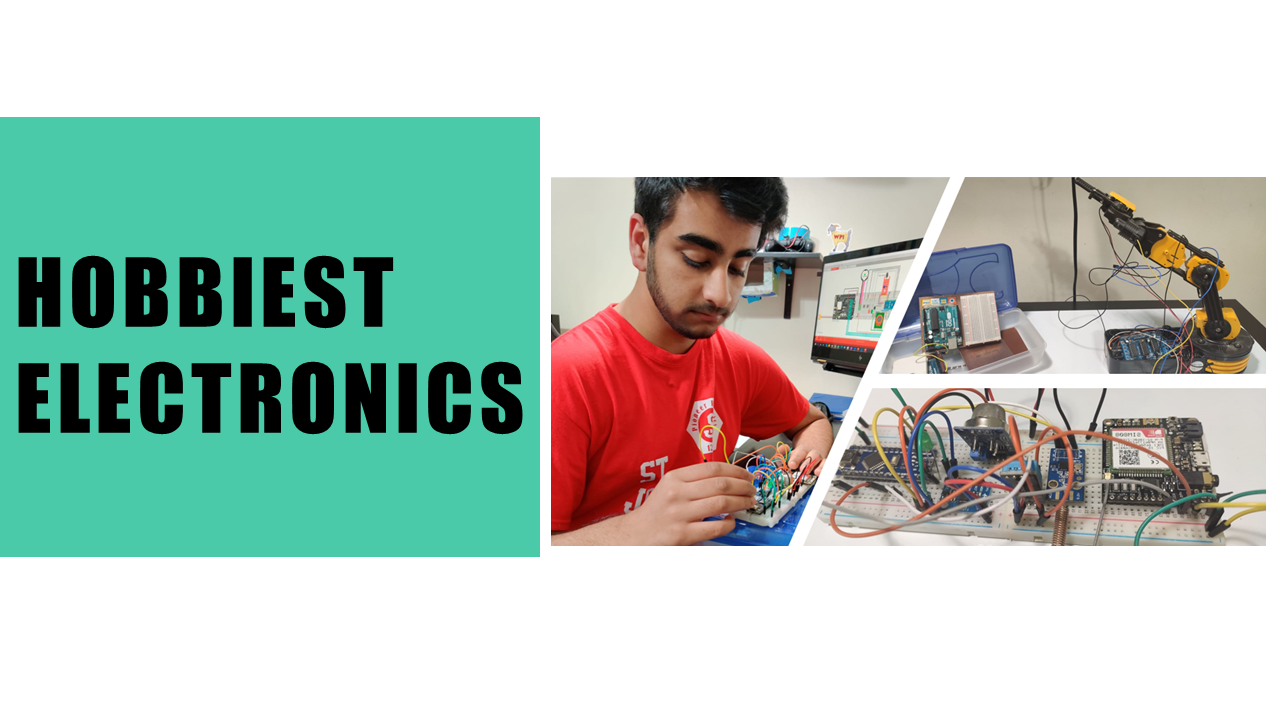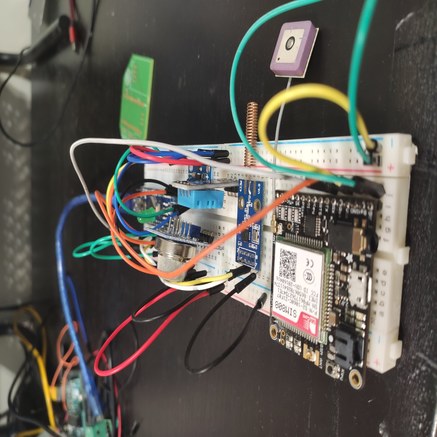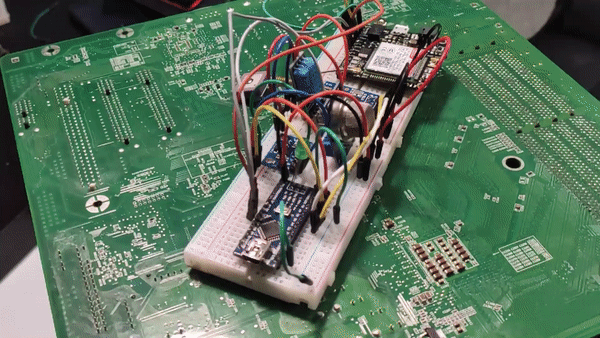
Harnessing IoT to Autonomously Alert Emergency Services
Despite the tremendous progress governments and organizations have achieved with the start of the 21st century in healthcare, human index development, and emergency handling, there will always be room for a chance of death. It will never be possible to make the entire world safe enough for humans to never succumb to injury or pain, which is why the only area for improvement in the live saving solution, is to reduce the time of recognizing, locating and transporting the victim as much as possible. The locating and recognizing domain in particular could be improved, with a device that has the capability to identify real time emergencies, and can notify local emergency personnel about the emergency.
Goal
To design a small wearable capable of instantaneously alerting medical personnel when the wearer is in a state of critical health. The device must have onboard sensors capable of detecting hazardous materials in the environment, such as fire, gas, and extreme temperatures. It also takes into account the user’s vital conditions like pulse and breathing rate.Fritzing Diagram
To create the diagram, I used Fritzing, a peice of software that allows users to create simple drawing that show the pin-outs for the various components
 To create a device capable of detecting hazardous conditions, a variety of sensors were used, including:
To create a device capable of detecting hazardous conditions, a variety of sensors were used, including:
1. YG1006 Flame sensor
2. Mq-7 Gas sensor
3. LM35 Thermistor
4. Adafruit Pulse Sensor
5. SIM808 GPS/GSM Chip
6. Buttons for Manual control
These sensors gave values to a microprocessor called an Arduino Nano. The Arduino Nano is like a small computer capable of receiving data from external hardware which helps it learn and make judements about its surrounding environment.
Recognition
My partner and I entered this project to the Massachusetts State Science and Engineering fair (MSSEF). We received Honorable Mentions at the competition as well as a citation from the State Senate signed by The President of the Senate, Harriet L. Chandler and offered by State Senator Michael O. Moore

